The Reverse Washing Method: Make It Work For You!
Ditch your old way and learn the hacks to use conditioners before shampoos for shinier hair.
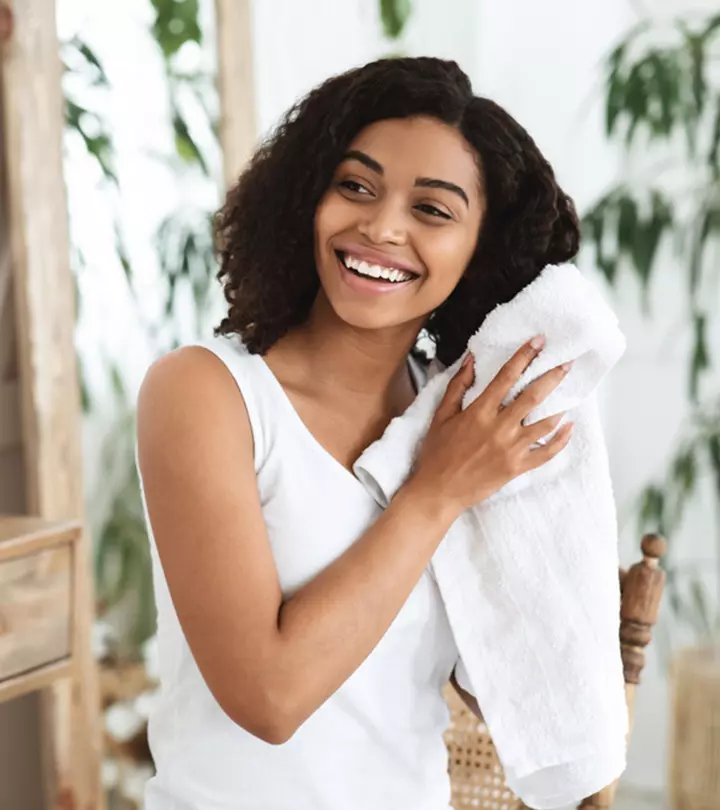
Image: ShutterStock
The reverse washing method or using a conditioner before shampoo is the easiest trick to get killer locks! This hair tip is a must-try if you have fine hair that gets weighed down easily.
Swapping the product order may sound crazy, but it is a great way to nourish and moisturize the hair. Conditioning primes the hair, helping the shampoo to distribute evenly. It makes blow-drying easier and may extend the life of your blowouts. The best part is – reverse washing technique works for all hair types. Curious to know more? Scroll down to learn how to do it properly.
In This Article
What Is Wrong With The Traditional Method Of Washing The Hair?
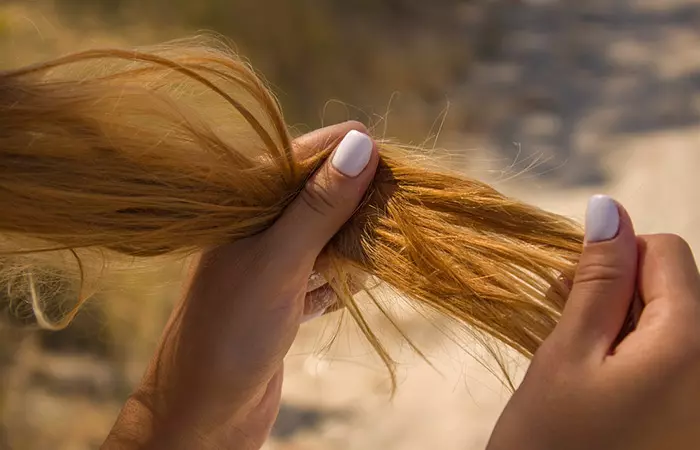
There is nothing wrong with the traditional method of washing hair. The traditional hair wash tips work well for almost all hair types, especially thick, dry, and coarse hair.
However, this hair routine may not be ideal for oily and fine hair.
Conditioners tend to weigh down fine hair and make it greasy after a hair wash. While knowing the simple steps on how to use a conditioner properly can be convenient for most hair types, the same may not work for those with fine hair. Moreover, the repeated application often cause product buildup on your scalp. Ditching the conditioner is also not a viable option because most shampoos tend to strip off the natural oils, leaving your hair dry and frizzy.
The shortcomings of the traditional hair cleansing method led people to experiment and come up with the idea of reverse washing.
Key Takeaways
- Reverse washing refers to using a conditioner before using shampoo while washing the hair.
- Reverse washing is ideal for fine or oily hair.
- It can help achieve non-greasy, hydrated, frizz-free, and bouncy hair.
What Is Reverse Washing And How To Do It?
Reverse washing calls for reversing the process of hair washing. In this method, you have to use a conditioner first, followed by shampooing.
Applying the conditioner first creates a protective film over the hair. Shampooing at this stage gives your hair a gentler cleanse and keeps it soft and silky. Let’s explore the steps involved in reverse washing.
How To Reverse Wash Your Hair
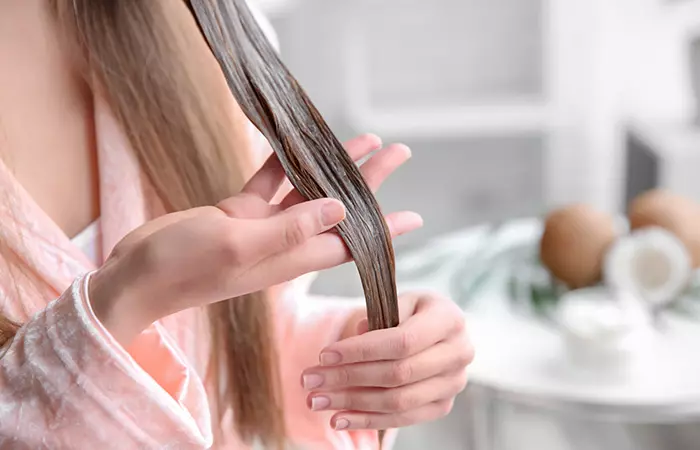
- Wet your hair and apply conditioner. Choose a conditioner suited to your hair type. For instance, if you have extremely dry hair, go for a moisturizing conditioner. Leave it on for 10 minutes.
- Rinse your hair again with water. Do not rinse off the conditioner completely.
- Shampoo your hair. Choose a gentle shampoo that complements your conditioner and supports your hair’s hydration. Use less product than usual.
- Rinse the shampoo off with cool water to seal the hair cuticles.
- Wrap your hair in a towel to soak up the extra water and let it air dry.
- Comb and style as usual.
Using a hair conditioner before shampooing makes the hair softer and easier to maintain. This method works well for numerous reasons. Here are a few benefits of using a conditioner before shampoo.
Benefits Of Reverse Washing
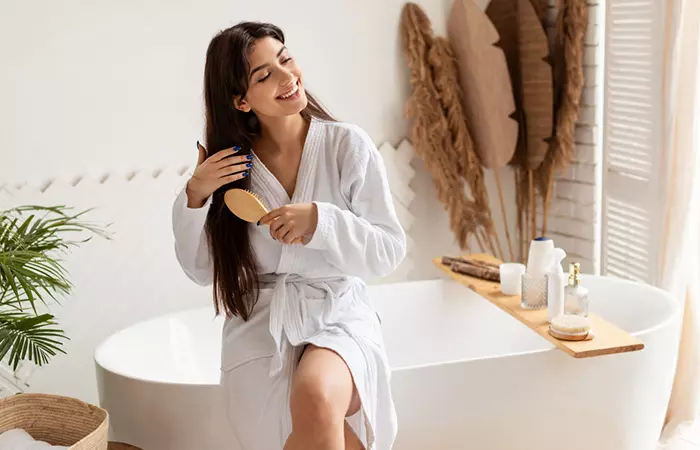
- Conditioning before shampooing adds texture, volume, and bounce to the hair, making it appear fuller.
- Shampooing after conditioning adds moisture without leaving excess residue. This nourishes and moisturizes your hair without weighing it down.
- Conditioning your hair before shampooing softens the hair and smooths out tangles, making detangling easy.
- When you apply conditioner first, your scalp is not exposed to as much product. So, reverse washing keeps the scalp non-greasy for a long time.
- Shampooing your hair after applying conditioner keeps it cleaner for longer and takes away the need to wash frequently.
- Applying conditioner on hair before washing with shampoo prevents product buildup.
- It helps tame frizz, improves manageability, and lets you style your locks easily without any hair product. It volumizes fine hair and makes it appear fuller.
Reverse washing is not restricted to just a few hair types. In the next section, find out if this method suits your hair type.
G, a beauty-on-a budget blogger, shares her experience with reverse hair washing. She writes, “…my hair looks and feels better after it dries. I don’t know exactly why, but my hair consistently looks like a million bucks when I do a Reverse Wash (i)…”
Is Reverse Washing Suitable For Everyone?
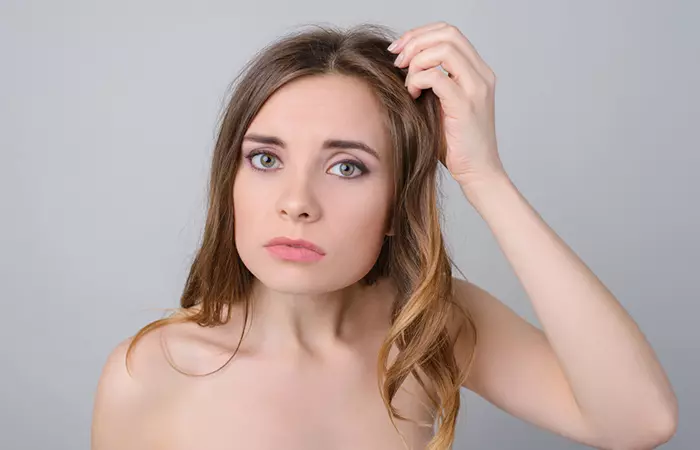
Yes, it is suitable for all hair types. However, fine and oily hair types are more likely to benefit from this method.
The reverse washing method is also suitable for:
- Straight Hair: It leaves the hair moisturized, soft, and silky, minus any product buildup.
- Natural/Kinky/Coily Hair: This hair type is dry and difficult to detangle. Reverse washing can make natural hair manageable and minimize dryness.
Short Hair:
If you frequently wash your short hair, reverse washing can enhance your hair health by retaining moisture and controlling oiliness.
 Quick Tip
Quick TipIt is important to choose the right products as per your hair type for reverse washing to work for you. It might take some experimenting in the initial stages to find a combination of conditioner and shampoo that gives you great results.
It is no surprise that reverse washing has a whole lot of hair care benefits. However, is this always the best method for washing your hair? Let’s find out.
Cons Of Conditioning Your Hair Before Shampooing
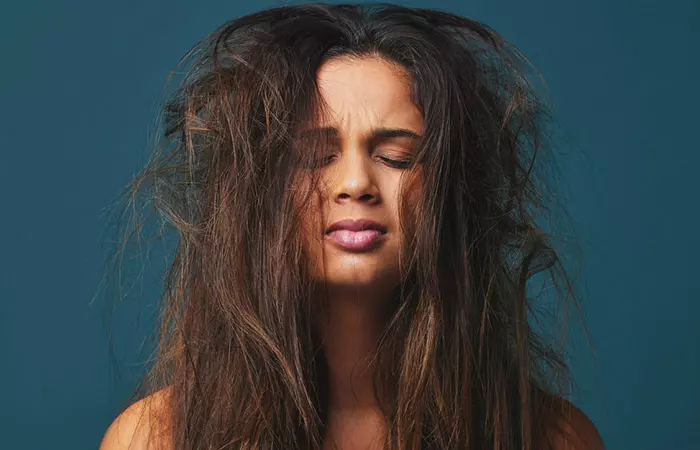
There are no particular disadvantages of reverse washing your hair. However, this method may not work on thick, coarse, and rough hair.
Reverse washing thick and coarse hair may make it feel frizzy and cause flyaways. To prevent that, you may have to follow up with a leave-in conditioner after shampooing.
For some individuals, conditioning before shampooing may lead to over-conditioning, making their hair look too soft or limp. This can especially be a concern if the conditioner is too rich for your hair type. Further, conditioning before shampooing can also leave hair feeling heavy or greasy for people with fine or oily hair.
 Quick Tip
Quick TipInfographic: Reverse Washing Your Hair: Pros And Cons
You may easily get thick, silky hair by reversing the conventional shampoo-and-conditioner routine. But is it right for you? While it may not be effective for all hair types, it might just be the solution for boosting hair shine and preventing product accumulation. Check out the infographic below to learn more about the advantages and disadvantages of reverse washing your hair.

Illustration: StyleCraze Design Team
The conventional method of washing hair by shampooing and then conditioning it may not benefit all. However, the reverse washing method of using a conditioner before a shampoo may work wonders for your hair. Those with thick and coarse hair should avoid the reverse washing method as it is not suitable for them, as it is for all other hair types. The benefits of using this method include moisturization of your hair, additional volume and bounce, and prevention of scalp buildup. So, use the reverse washing method as a hair treatment to get shiny and healthy hair.
Frequently Asked Questions
Can you use shampoo and conditioner on at the same time?
Shampoo and conditioner have two different goals. Therefore, using them both together is not recommended. Your hair should be shampoo-free before or after conditioning it.
Does using conditioner before shampoo strips the hair of its natural oils?
No. Instead, the conditioner will deeply nourish your strands, while the shampoo will help remove the extra conditioner to prevent oil buildup.
Can using conditioner before shampoo help with scalp issues?
No, conditioner is not meant to be used on the scalp. Therefore, it has no link with scalp issues. The only thing reverse washing can help you with is preventing excess product buildup and hair that look flat and dull.
Does using conditioner before shampoo reduce hair damage?
Yes, as it can make the hair-detangling process easier. The hair-washing method also nourishes and hydrates hair follicles to keep them looking healthy.
Illustration: Conditioner Before Shampoo: Secrets Of Reverse Hair Washing
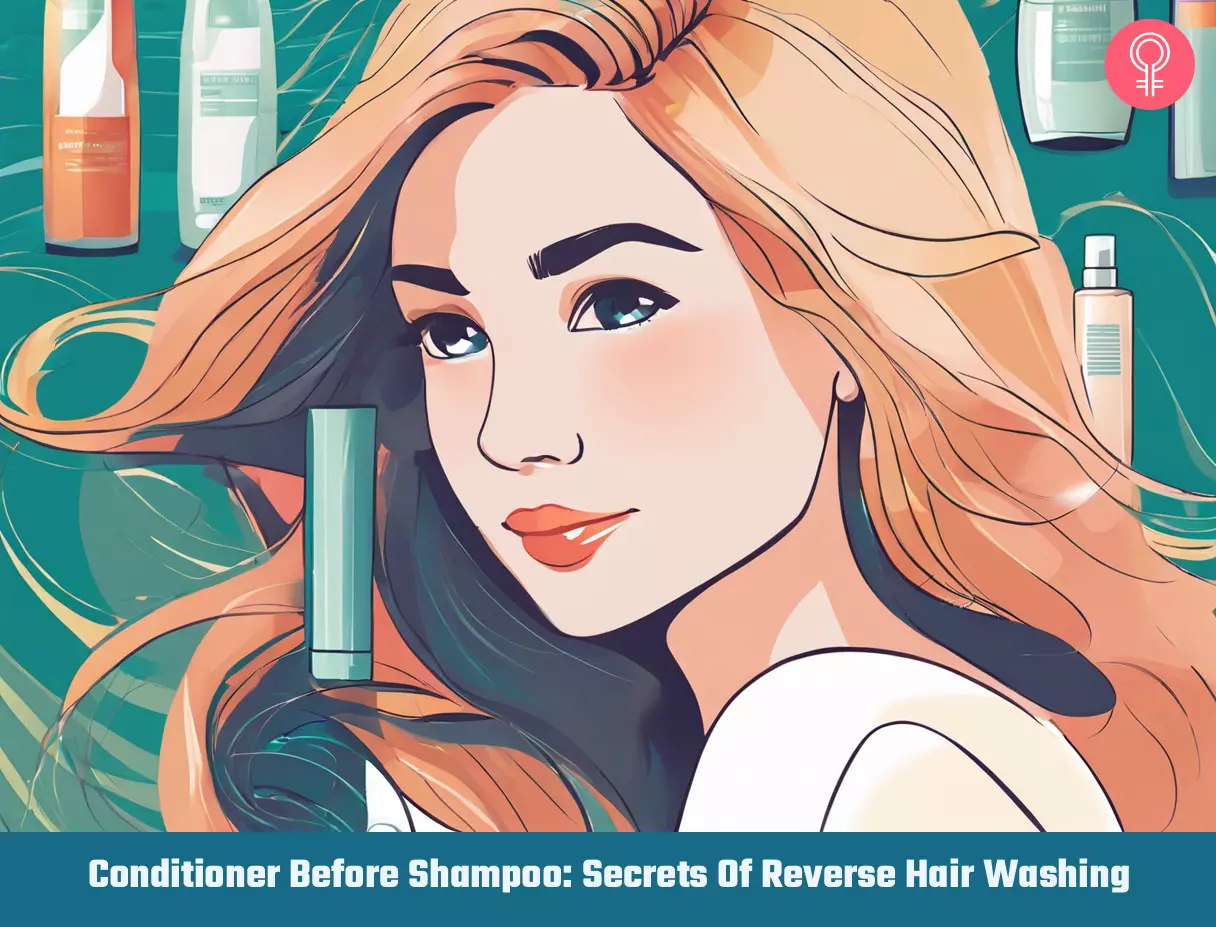
Image: Stable Diffusion/StyleCraze Design Team
Discover the simple yet effective technique of pre-conditioning your hair, ensuring that your locks emerge softer, healthier, and more vibrant than ever before. Check out this video!
Personal Experience: Source
StyleCraze's articles are interwoven with authentic personal narratives that provide depth and resonance to our content. Below are the sources of the personal accounts referenced in this article.
i. WHAT IS REVERSE HAIR WASHING AND IS IT RIGHT FOR YOU?https://nouveaucheap.blogspot.com/2014/09/what-is-reverse-hair-washing-and-is-it.html
Read full bio of Dr. Shruti Chavan
Read full bio of Ramona Sinha
Read full bio of Anjali Sayee
Read full bio of Monomita Chakraborty







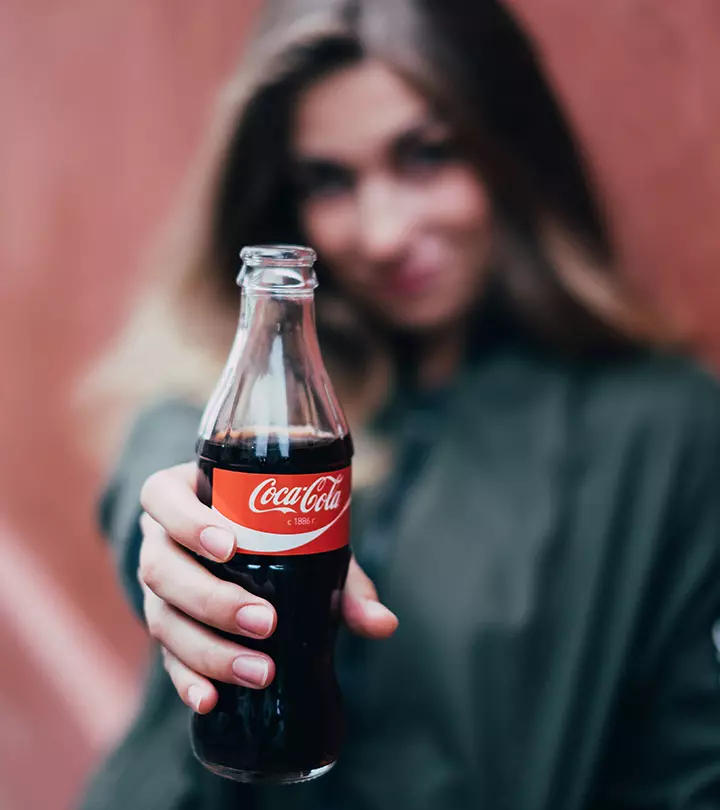
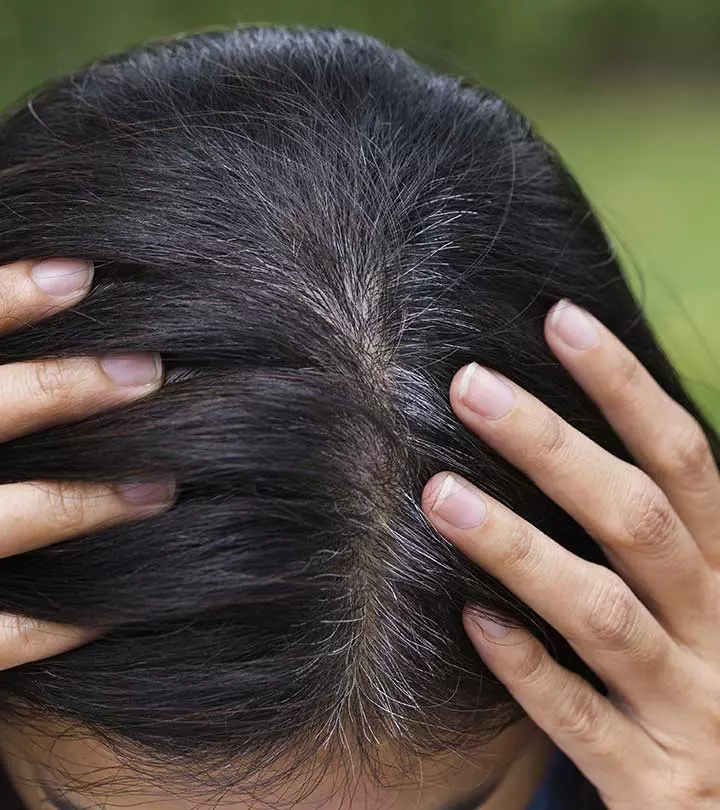

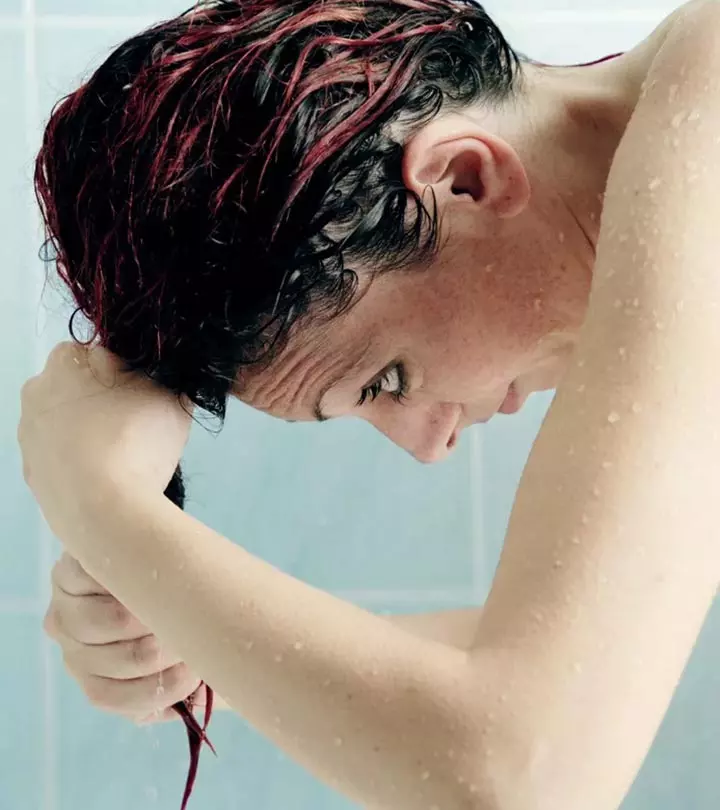
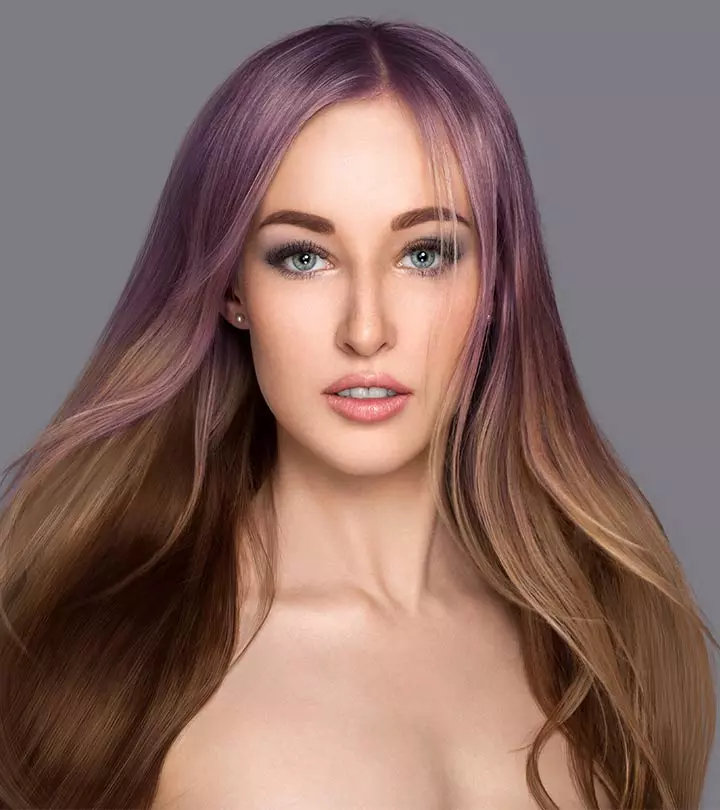
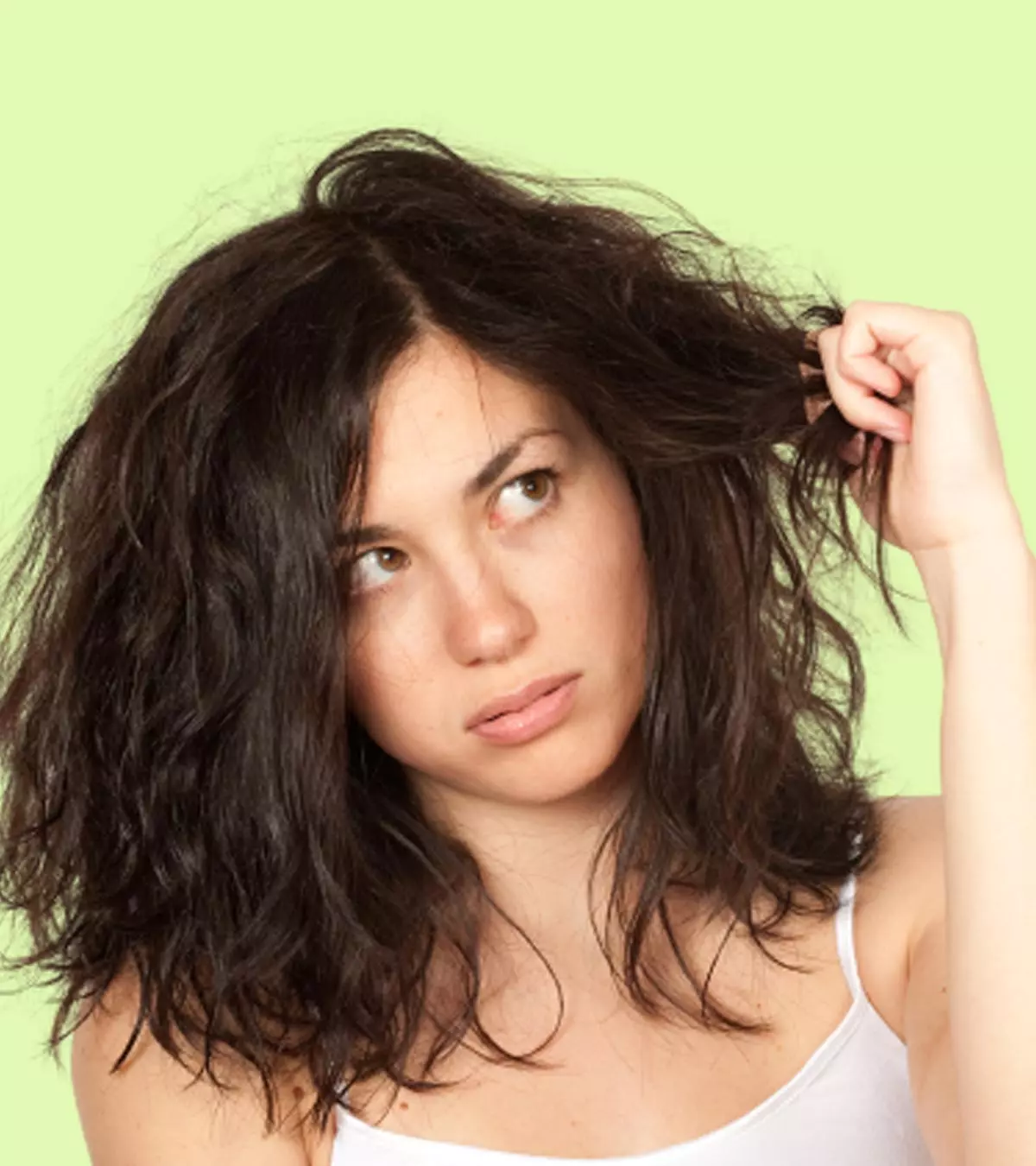
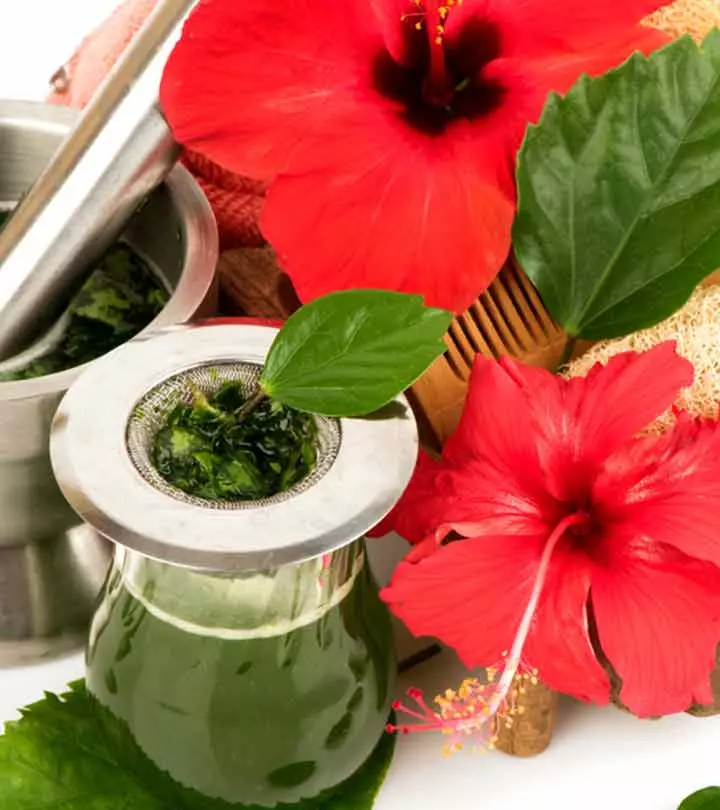
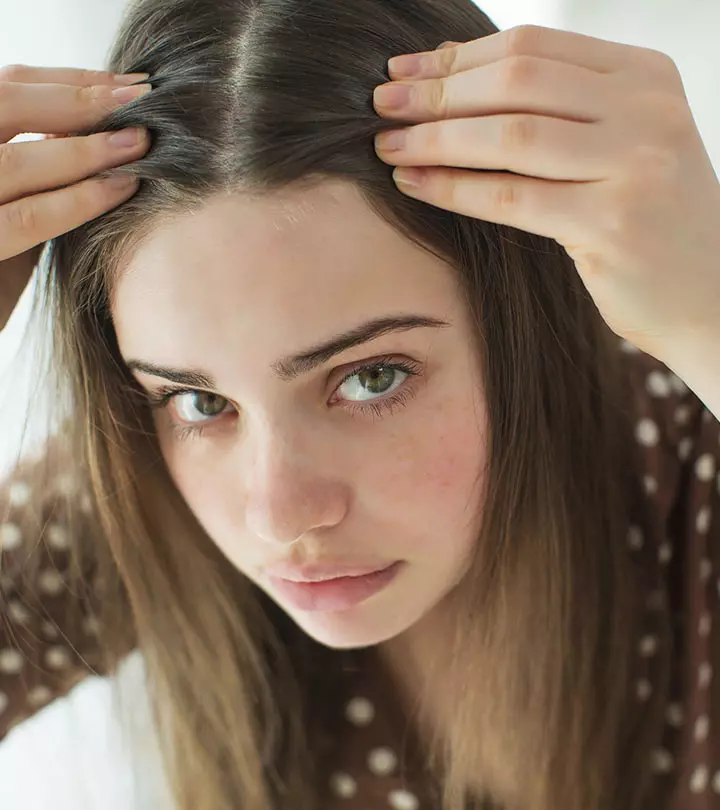
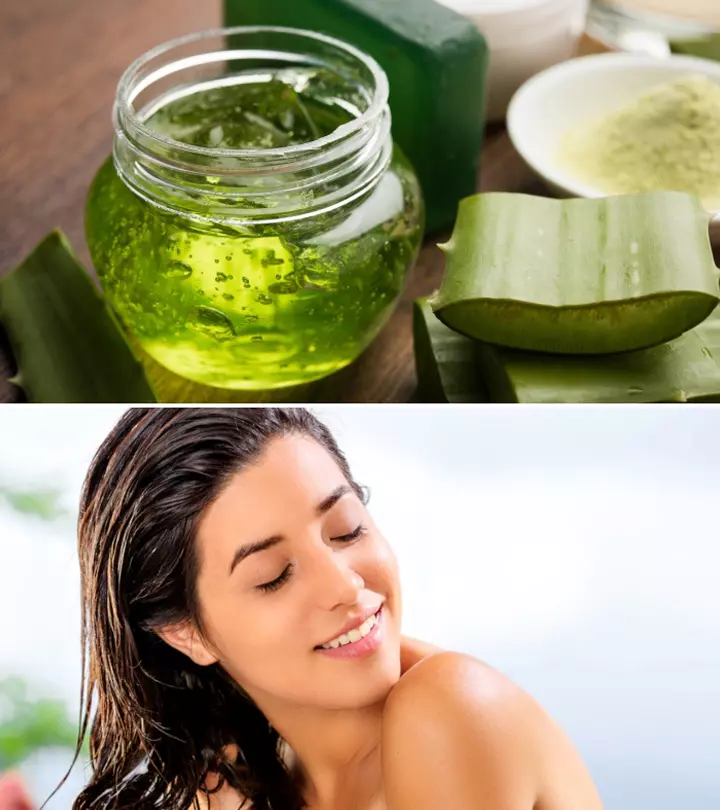
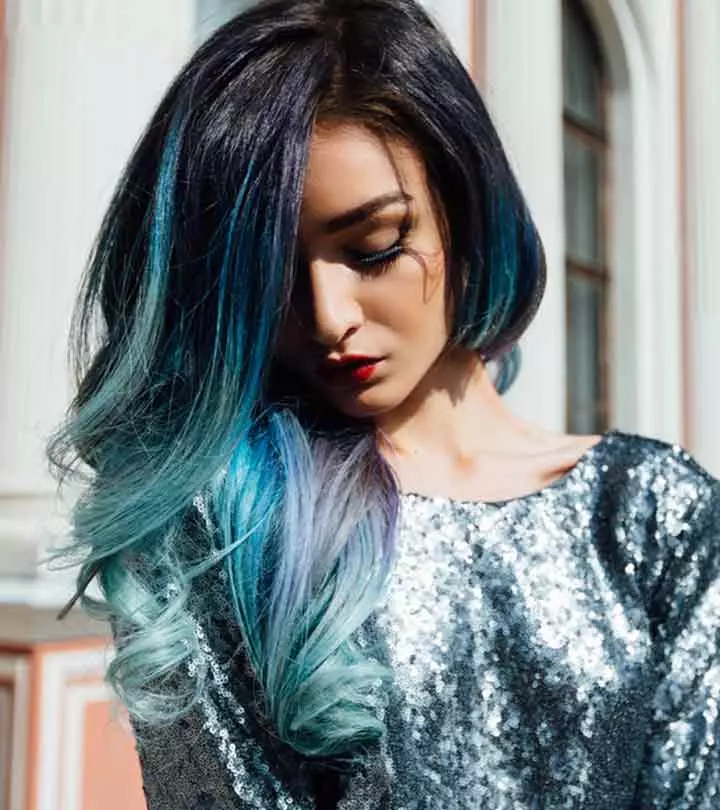
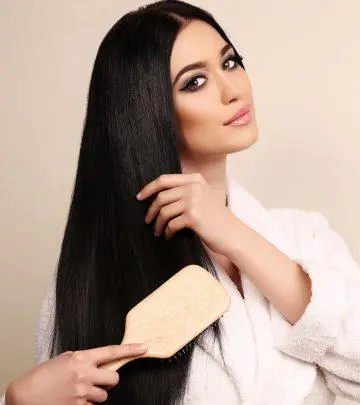
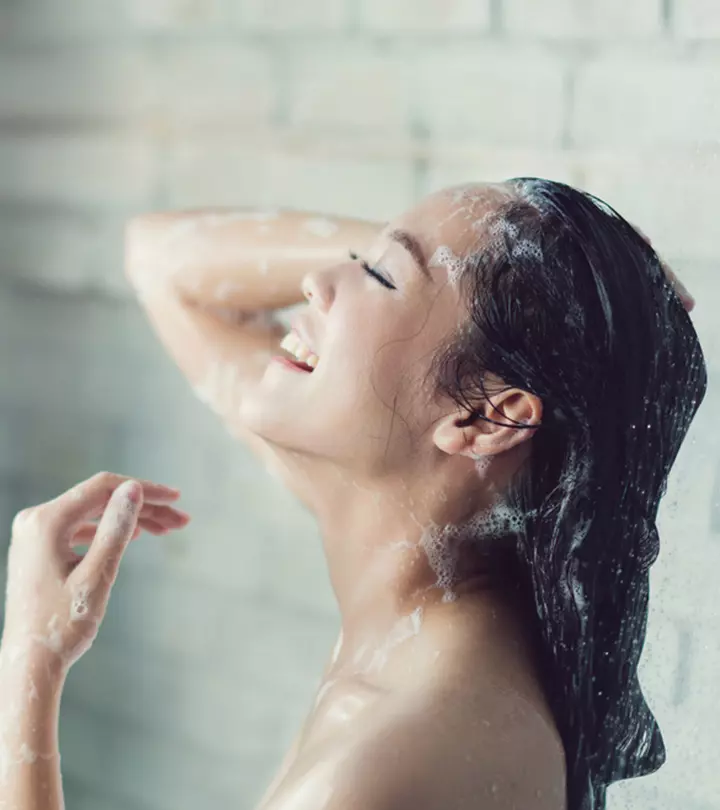
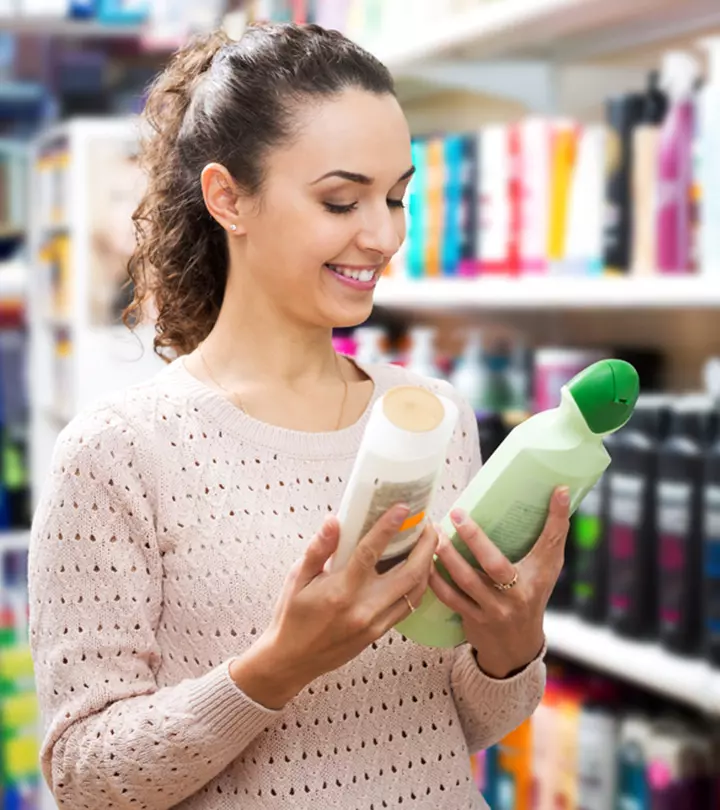
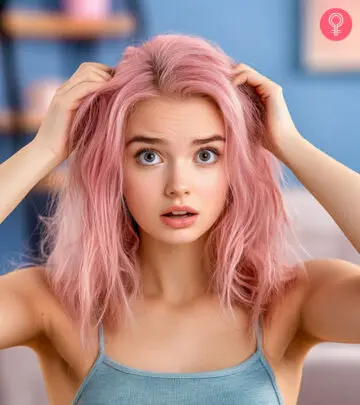
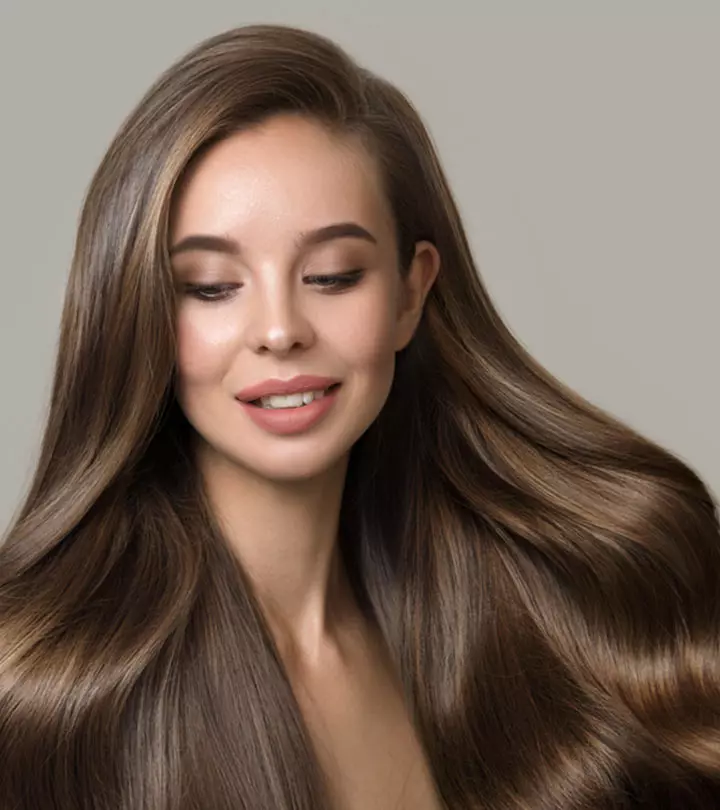

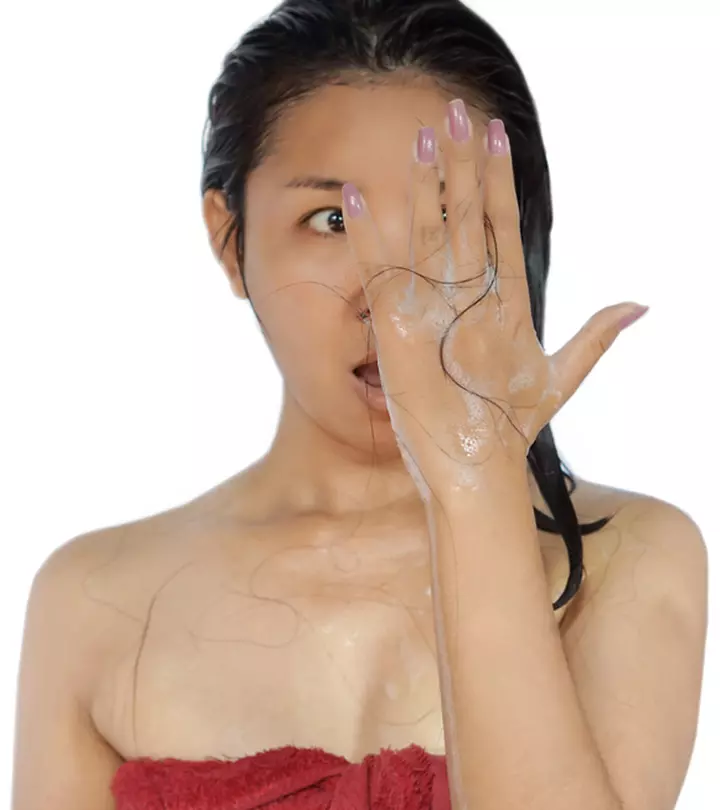
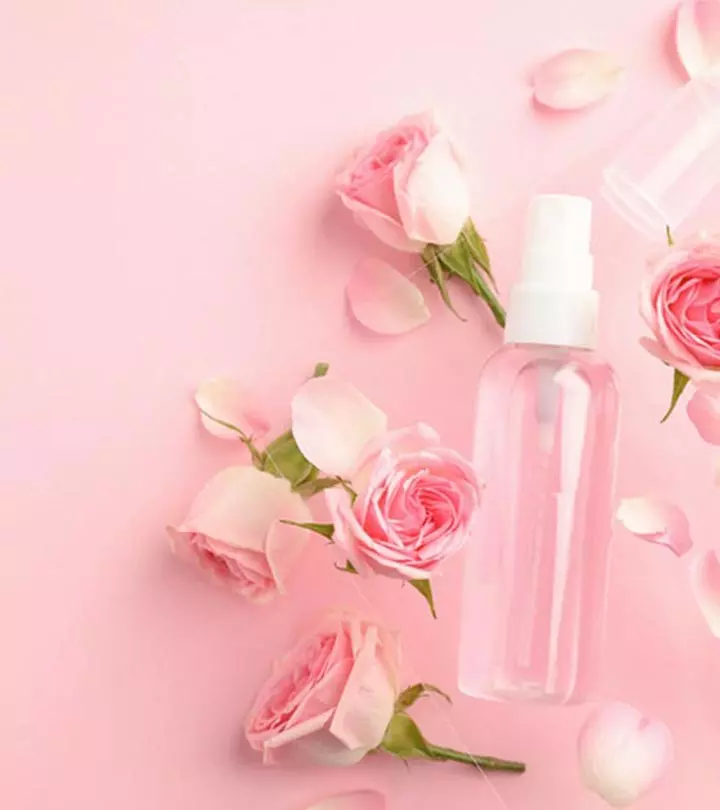
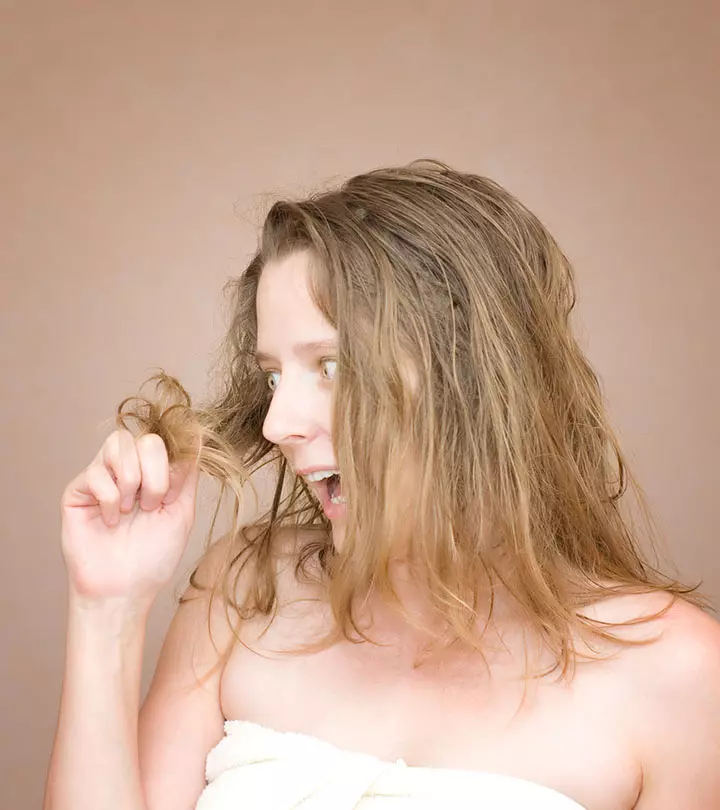
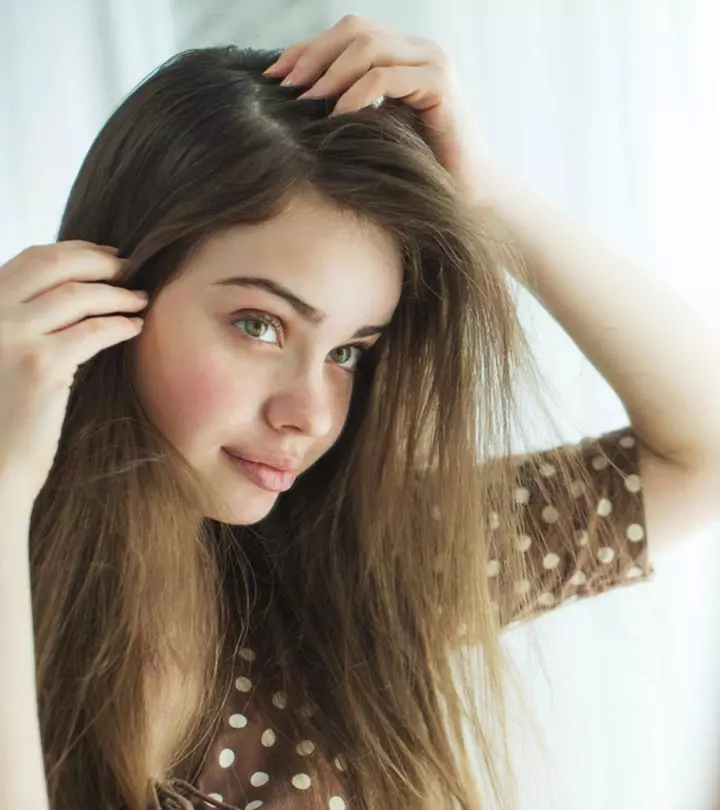
Community Experiences
Join the conversation and become a part of our empowering community! Share your stories, experiences, and insights to connect with other beauty, lifestyle, and health enthusiasts.